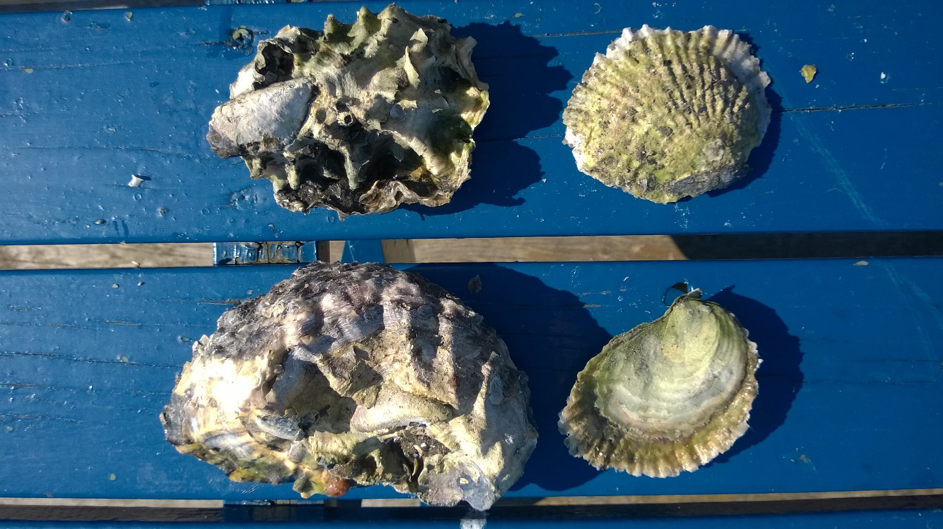Register Pacific oysters and win a prize!

The County Governor encourages everyone to continue the hunt for Pacific oysters. You can participate by registering your findings this summer into our mapping database by October 1st. By doing so you are automatically entered into a draw for a marine themed price.
Thank you for your efforts previous years! Thanks to you, we gained a better understanding of where the Pacific oyster is located along our coast. Your registrations have helped identify new areas that we are prioritizing for future oyster removal activities.
We still need to know more about where Pacific oysters are found in Agder. Would you like to join us in the hunt for them? Participate in our registration campaign this summer and log your findings by October 1st to be entered into a drawing for a marine price.
You can register your findings in the map database https://arcg.is/u8C5u. The map is easy to use from your phone, so you can register your findings immediately while you're out in the archipelago. We would also like to have data from areas where Pacific oysters are absent. Therefore "no-find" registrations will also enter you into the drawing.
Competition!
To register in the database, go to the website https://arcg.is/u8C5u. Do not forget to enter your email address if you want to participate in the drawing.
The citizens of Agder are great at using their local environment and enjoy being outdoors. If you’re near the sea, hunting for Pacific oysters is a fun activity for both young and old! Everyone who registers findings (or "no-find") will be included in the draw. By picking or destroying the Pacific oysters you find, you are doing an important job to keep them in check in our county.
The deadline for registration is October 1st, and the lucky winners will be contacted shortly afterward.
Why such a big effort against the Pacific oyster?
Like many other invasive species, the Pacific oyster has come to stay, and with it both negative and positive consequences. The species is called an "ecosystem engineer" because it forms large, hard mats or reefs of shells. Each oyster can produce millions of eggs and grows rapidly, which allows it to spread quickly. The species is classified as "Very High Risk" on the Norwegian Invasive Species List, meaning there is a very high likelihood that it will negatively impact natural biodiversity.
The characteristics of the Pacific oyster can increase biodiversity, for example by creating habitats and adding food to the food web. However, these same traits can pose a significant threat to native species like flat oysters and blue mussels and can destroy seabirds' feeding grounds by covering the entire seabed where they feed. In addition, it is a major threat to coastal outdoor activities, as it thrives on shallow beaches and sheltered coves with warm water. The shells are razor-sharp, and both children and adults can suffer severe injuries if they step on them.
The goal of the registrations is to use the data to identify areas where there are conflicts between Pacific oysters and native species and/or humans, in order to carry out community-based oyster harvesting actions: Plukkeaksjon for stillehavsøsters 2025 | Statsforvalteren i Agder.
Is the Pacific Oyster edible?
We often receive questions about whether Pacific oysters can be eaten. There is no specific advisory for Pacific oysters, and the current knowledge base is insufficient to advice using the same guidelines as for blue mussels. We recommend checking the https://www.matportalen.no/ and their recommendations for Pacific oysters.
In the battle against Pacific oysters, please remember that we also have the native Flat oyster in our waters that should not be mistakenly removed!
Are you unsure how to tell the difference between Pacific oysters and flat oysters? Here, Molly Claire Reamon from the University of Agder (UiA) explains the differences between the Pacific oyster and European flat oyster (common oyster).